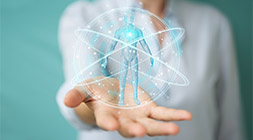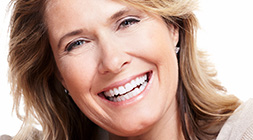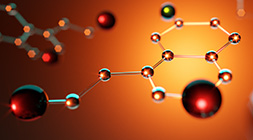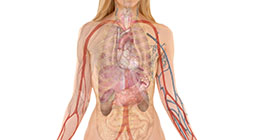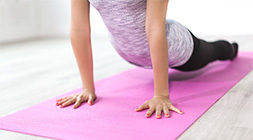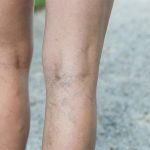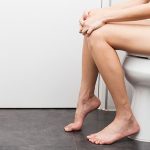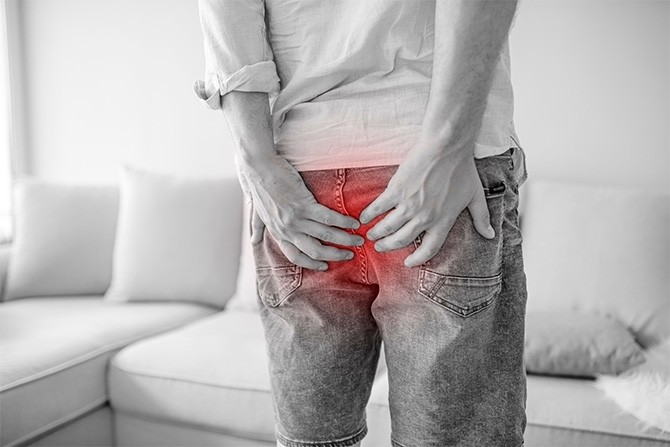
Overview
Symptoms
Causes
Prescription
Health Tips
Hemorrhoidal venous cushions are a cluster of blood vessels, muscles, and connective tissues located in the lower rectum that help control bowel movements. Hemorrhoids, as they are commonly called, occur when these vascular structures become swollen. Hemorrhoids may be located in the lower rectum (internal hemorrhoids), or in the skin of the anus (external hemorrhoids), and these may become so large they protrude around the anus.
Veins from the anus drain into the portal vein leading to the liver and all circulatory veins. Veins in the rectum have no valves to alleviate congestion so the condition can be aggravated quite easily. Blood clots that occur inside the swollen veins are known as thrombosed hemorrhoids. While common in adults aged 45 to 65, young adults and children may also suffer from hemorrhoids.
Symptoms
Internal hemorrhoids:
- Bleeding after bowel movement
- May or may not be painful
- Straining can cause hemorrhoids to protrude through opening of anus
External hemorrhoid:
- Bleeding, pain, seepage, and possible tearing of tissue in the rectal area
- Blood loss due to a long-term hemorrhoid can lead to anemia
- Swelling of tissue and itchiness around the anus
Causes
Hemorrhoids are brought on by a weakened venous system, to which some people are genetically predisposed. However, chronic diarrhea, constipation, and straining during bowel movements (arising from a low-fiber diet), a sedentary lifestyle, and insufficient water intake are all main factors contributing to a weakened system. When congested, the liver can promote development of hemorrhoids; high blood pressure is also implicated.
People who sit or stand for many hours become susceptible because of poor circulation and the extra pressure exerted on the venous system. Pregnant women and those who are overweight are also vulnerable because of the extra weight they carry and their increased likelihood of suffering constipation.
Another culprit is over-the-counter laxatives; although marketing campaigns would have one believe they alleviate constipation, in fact, they promote it by interfering with the body’s natural rhythm, its ability to absorb nutrients (potassium, vitamin D, and calcium), and they do not address the underlying reason for being constipated.
Prescription for Health
A high-fibre diet full of fresh vegetables and fruit and plenty of water will be essential to those dealing with hemorrhoids.
| Nutrient | Dosage | Action |
|---|---|---|
| Horse chestnut seed extract* | 500 mg | Reduced symptoms of pain, swelling and itching. |
| Diosmin (micronized)* | 900 mg | Shrinks hemorrhoids and reduce pain. |
| Butcher’s broom extract* | 100 mg | Reduces size of hemorrhoids, eases itching and burning. |
| Hesperidin* | 100 mg | Helps to treat venous insufficiency and hemorrhoids. Reduces permeability and is anti-inflammatory. |
| Choline-stabilized orthosilicic acid | 10 drops in juice daily or 2 capsules | Choline-stabilized orthosilicic acid was found to enhance vein health. |
| Guar fiber | 5 grams | Soothes intestinal lining and promotes elimination. |
| Omega-3 Fatty Acids | 1200 mg of DHA and 400 mg of EPA | Relieves constipation and soothes mucous membranes of the entire intestinal tract.
Softens stool. |
Health Tips to Enhance Healing
- Avoid lifting heavy items.
- Coffee enemas (recommended by the Gerson Cancer clinic) help to cleanse the liver, allowing for better detoxification and circulation.
- Evacuate as soon as possible when the urge is felt and avoid “holding it in”; do not strain.
- Get a Squatty Potty® toilet stool. Hemorrhoids are much less common in countries where people still squat vs using a regular toilet. This is because while squatting the abdominal muscles are more engaged, helping to move feces through the digestive tract which reduces straining during bowel movements.
- Get up and move around once an hour if sitting for prolonged periods.
- Have baths and soak in Epsom salts.
- Ice packs can be used to help reduce the pain and swelling of external hemorrhoids.
- Keep rectal area clean and use soft toilet tissue to avoid unnecessary abrasion.
- Use topical ointments containing witch hazel and vitamin E.

